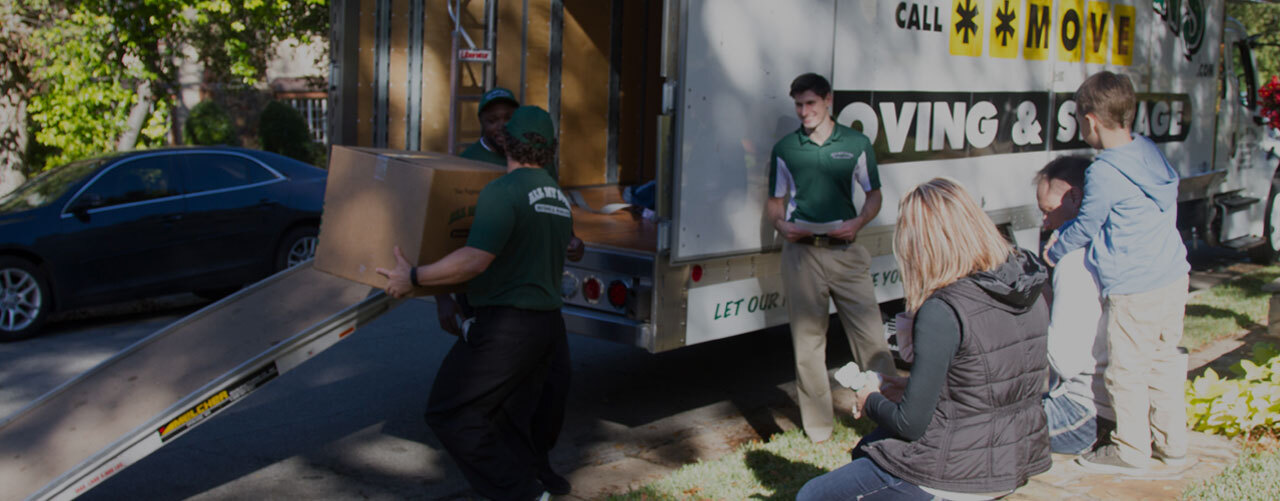Landscaping on a Budget
Taking the time and effort to landscape your yard makes a strong impact on the appearance of your home as a whole. While landscaping can be overwhelming (it is a full time job to some, after all), the Corpus Christi movers have a few tips on gaining maximum effect without blowing the bank or draining all of your energy. Read on to learn our tips about landscaping your yard for less.
Educate yourself. Learn as much as you can about your climate, and what kinds of plants, flowers and trees thrive where you live. Gardening for Dummies books are a great resource for any new gardener, and they can likely be found at your local library. Don't let the title fool you. There is a lot of quality information that is easy to understand in these books. Once you have read one of these books, you can move on to others and they will be easier to understand. Next, talk to people at a real garden nursery to find out more information about what grows well in your area and the easiest plants to grow for new gardeners. Try to visit the nursery when they are not so busy; early morning or on rainy days. Stay away from the big box stores for information as many of their employees are not educated in horticulture and therefore may not be able to answer your questions accurately—stick to plant specific retailers. Take note of what plants you like or dislike and also reasons why. Keep a notebook with pictures from magazines for inspiration. Use the internet as a guide as well.
Once you have educated yourself on some blooms and also have an idea of what you want to plant, map out your yard and figure out what areas get sun and what areas get shade and at what times of day. This is very important in knowing where to place the plants you have purchased. It doesn't make any sense to buy a plant that needs to grow in full sun and then plant it in full shade because you didn't know where the sun and shade are located in your yard. Keep in mind that these areas will shift slightly as the seasons change. Planning is an important step to growing a successful and beautiful garden.
Planning isn't over yet—next comes the soil. What kind of soil do you have? What is it's pH? What kind of soil amendments are needed before you can begin to grow your plants successfully? Using the right soil for your plants has a significant impact on the quality of plant you grow. To find your soil pH you will need to have an inexpensive soil test done by your local county cooperative extension office. This soil test can also determine what kind of soil you have and what kind of amendments may be needed to improve your soil. If your soil is too high or too low in pH, this can prevent your plants from taking up the proper nutrients from the soil so that they can grow well.
Before planting any tree, make sure you have the utility company come out and mark where all the lines are for electricity, sewer, water, etc. You don't want a costly expense when you break one of these lines. And you don't want to electrocute yourself either. Once this stuff is done, you can begin planting. Start with bigger items like trees, as they will take the longest to grow and they will be the foundation of your landscaping. From there, fill in the blooms you desire and take care as your garden grows.

